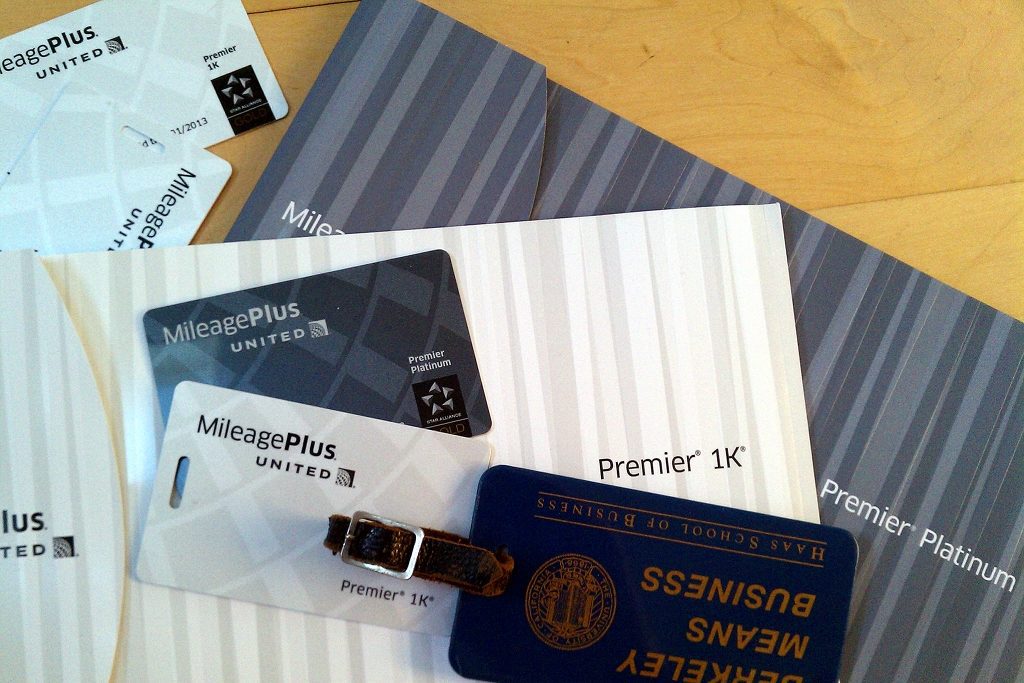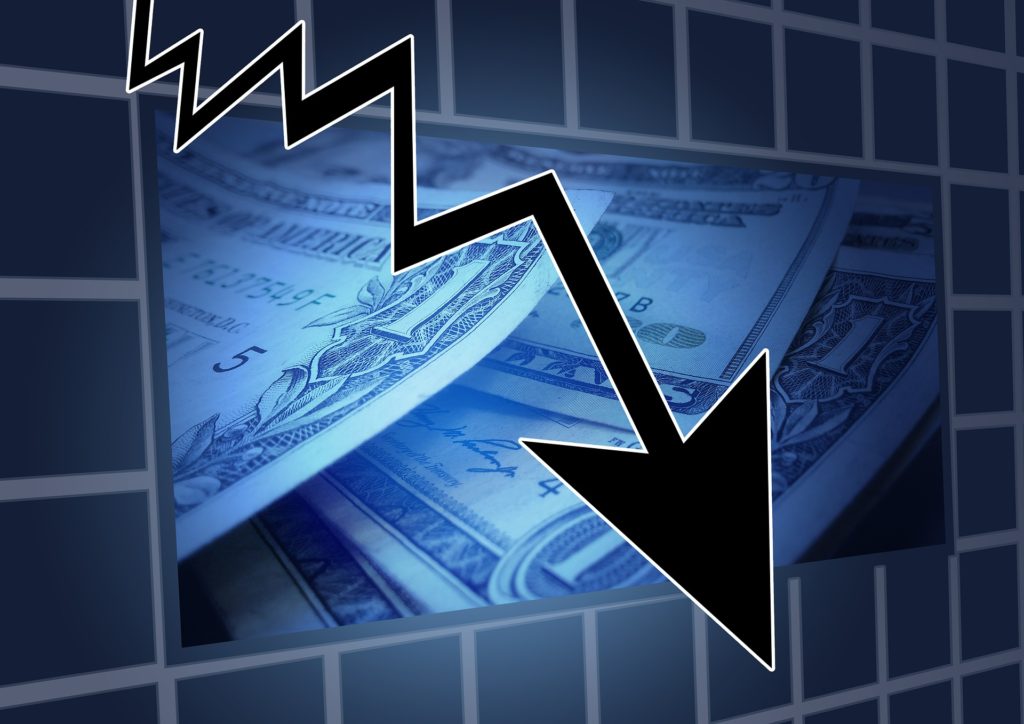You would think that an airline would be in the business of selling seats. Isn’t their whole purpose to transport people from point A to point B? As an industry whose primary service is moving people and stuff around the planet, you would assume airlines make the lion’s share of their profit from said service.
Think again.
A recent article details how airlines actually make more money by selling frequent flier miles than they do by transporting people from point A to point B. For Delta and American, the estimated value of their loyalty programs is greater than their market cap. That’s sort of insane.
If you read the referenced article, I hope one line stood out to you: “Airlines are earning upwards of 50 percent of [income] from selling miles to a credit card company.” Tell me again what business the airlines are in? It shouldn’t be a surprise that all 11 major U.S. airlines have a co-branded credit card product.
They sell miles for…how much?!
There are a couple things in the article that I don’t buy. The writer claims that the airlines receive between 1.5 and 2.5 cents per mile, which seems really high. Airlines often sell them to travelers at this price, but I can’t imagine that they sell them in bulk to the banks for anywhere close to this.
Visa transaction fees just don’t seem to support that price. Assuming an average transaction fee of 2.5%, of which the issuing bank sees ~1.5%, there is no room left for the bank to profit if they are buying miles on the low end of what the writer suggests. I just don’t see how the reported price can work.
But maybe it does. I’m probably missing a critical piece of the puzzle. If anyone has any insight into how banks could afford to issue the billions of miles at roughly 2 cents each, feel free to let me know.
Turning loyalty into revenue
Airlines used to run loyalty programs. If you flew with them more, they would reward you with both perks and miles. It was a cost center, not a revenue source. Now they are a business of their own. As an example, Delta expects to earn upwards of $4 billion in annual revenue from its loyalty program by 2020. Contrast this with $7.9 billion in gross passenger revenue in 2016.
Technically, they still run loyalty programs. You still get your coveted miles and elite status. Airlines have just figured out how to monetize this. Rather than treating loyalty programs as a cost of doing business, they have turned them into a revenue stream.
Loyalty programs are addictive. Airlines have them for a reason. People like to think they are “earning” something, such as “free” flights or status perks, when they are in fact paying for it. It is definitely cool to watch the miles pile up, but you must understand what they are costing you.
Sometimes I have to take a step back and ask why I am booking a particular flight (or hotel). If I fly 12 itineraries with United that allow me to reach Gold status, when I could have saved $800 by booking with other airlines, I effectively just paid $800 for that status. Sure, there are perks from holding elite status, but are these perks worth $800? Unlikely. The loyalty program has just pulled in revenue, admittedly in a different way than selling miles.
I’m not saying playing the travel hacking game doesn’t make sense. It certainly does. But you have to be careful that you always get more value out of the program than you put in. And preferably 10-50x more.
But this doesn’t take away the fact that loyalty programs are big business for the airlines. Even if I may profit (in travel) off of credit card miles, they still earn a pretty penny. In fact, it’s such good business that airlines are reluctant to expose actual numbers when it comes to the revenue of their loyalty programs.
Selling miles is also a financial “cushion”
Another interesting point in the article is how airlines use the sale of miles to cushion them through economic downturns. Even during times of recession, people still spend on their credit cards, and banks still buy airline miles. This leaves the airlines in a better position to cope during times when people are flying less.
Additionally, airlines can sell miles if they need immediate cash. In 2008 both United and Continental injected cash into their coffers by selling miles to JPMorgan Chase. Sales were to the tune of $600 million and $235 million, respectively. With banks willing to buy serious miles, airlines can easily weather economic downturns.
If you dig deeper, you’ll actually realize it was the American taxpayers who paid for the miles via bank bailouts. But I’ll spare you go those depressing details.
The devious truth of devaluations
But wait! What happens when an airline raises redemption prices on its award chart? Frequent fliers (and credit card churners) tend to take these devaluations in stride, accepting them as part of “the way things are”. But there is more that goes on under the hood.
When an airline raises award prices (thus devaluing its miles), it is effectively writing off a portion of its liability, which effectively yields them a profit. And it’s completely fine because they set the rules of the program!
Imagine the situation for a moment: I, as an airline, sell 1 billion miles to a bank for $10 million. The bank then awards them to customers over time. By the time people get around to using all the miles, I have devalued my program award chart. Now the miles are only be worth $8 million in travel. I’ve effectively made a profit of $2 million. In essence, I sold the seats of future flights months (or years) in advance. For more than they are worth now. It’s fantastic business.
Airlines are entirely in control of their loyalty programs. Sure, each devaluation causes some grumbling and/or outcry from customers. But people tend to accept them as long as they don’t happen often. each devaluation costs the airline a little PR, but really not much in the long run. And the upside in profit is huge!
Conclusion
Ultimately, the airlines are in the business to profit, and it doesn’t really matter where that profit comes from. If mileage sales pull in more revenue than selling seats, fine. They can work with that.
This revelation jives with everything I know as a “travel hacker”, and I should have understood it sooner. I wouldn’t be in this hobby if it didn’t provide more value than I put into it. When I pay the $95 annual fee for my Chase MileagePlus Explorer Visa, I want to know that I am getting $300 to $500 a year in value (or more) from the card. I wouldn’t keep it otherwise.
The airlines have simply realized that selling miles provides them significant value. I’m in this “business” to profit. It makes sense the airlines are, too.
H/T: Bloomberg
MileagePlus 1K image used under CC 2.0 license. Featured image courtesy of Luis Agrerich under CC 2.0 license.
This site is part of an affiliate sales network and receives compensation for sending traffic to partner sites, such as thepointsguy.com. This may impact how and where links appear on this site. Responses are not provided or commissioned by the bank advertiser. Some or all of the card offers that appear on the website are from advertisers and that compensation may impact on how and where card products appear on the site. Any opinions expressed in this post are my own, and have not been reviewed, approved, or endorsed by my advertising partners and I do not include all card companies, or all available card offers. Terms apply to American Express benefits and offers and other offers and benefits listed on this page. Enrollment may be required for select American Express benefits and offers. Visit americanexpress.com to learn more. Other links on this page may also pay me a commission - as always, thanks for your support if you use them




 Dan Miller travels with his wife and 6 (SIX!) children. He loves to help families travel for free / cheap, especially larger families. If you are looking for help, drop him an email at
Dan Miller travels with his wife and 6 (SIX!) children. He loves to help families travel for free / cheap, especially larger families. If you are looking for help, drop him an email at
Other articles I’ve read on this subject hint that while 1.5-2 cpm is the standard partner price, banks offering a co-branded card will generally pay closer to 0.9 cpm.
That makes way more sense to me. I can’t imagine banks paying that sort of premium for miles.
Yet, almost everyone does it. Airlines and hotels, and everyone else has figured it out. Set the hook and reel us in.